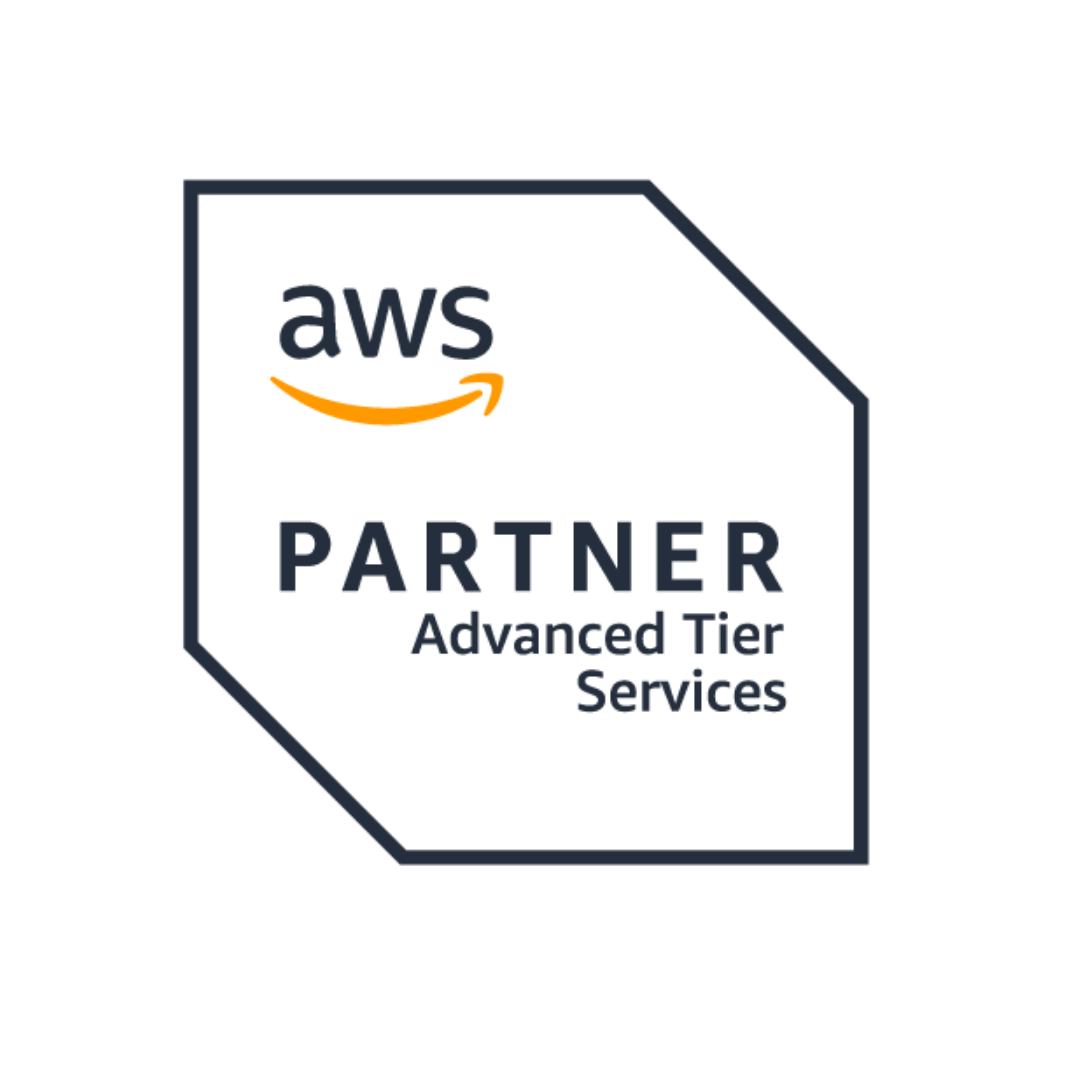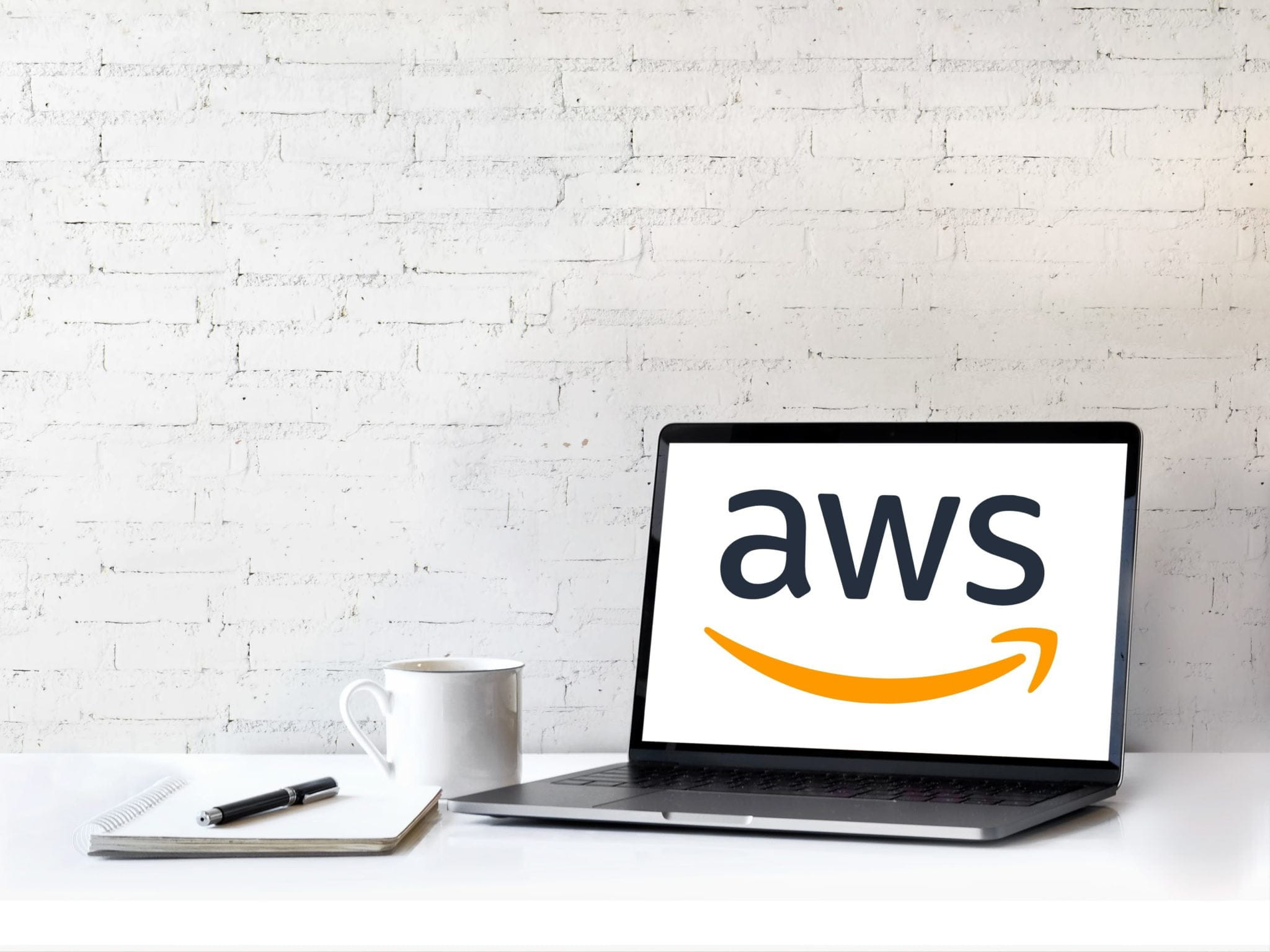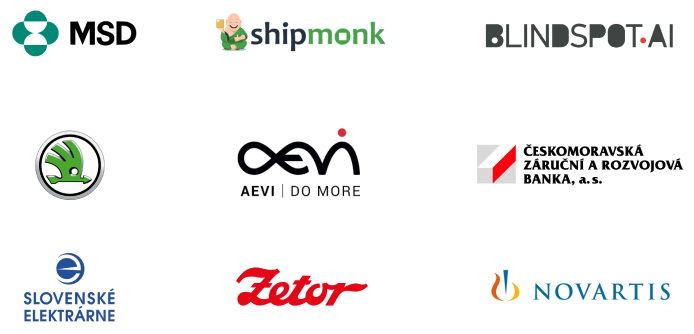
When an organization is considering migrating an existing application to AWS, it can choose from six options – known in English as 6R – rehosting, replatforming, repurchasing, refactoring/re-architecting, retire, retain. Let us examine them in this practical guide….

Migrating to cloud is everything but simple if you try to do it yourself, without an experienced partner like us :-). Before you begin, you must at least make sure that your target AWS environment is well designed. Even a well-migrated application will perform poorly in a poorly configured AWS environment (higher cost, poor security, low resiliency, poor response).
And now the practical advice to help you with the migration:
1. Why are some application not migrated to AWS?
Two of the 6Rs – Retain and Retire – are the decisions not to migrate the app to cloud. Why organizations decide not to migrate to cloud?
Three reasons to keep apps off AWS
- Existing and significant sunk off-cloud costs which force the company to squeeze existing assets and processes.
- Legacy OSs and apps are not supported in the cloud
- The business rationale for migration is insufficient
Four reasons to terminate the apps and to not migrate them to AWS
- Why migrate stuff when it is not necessary? It’s like taking unused things to the dump before moving!
- Apps discovered during the project are no longer needed (sometimes the fact that they are still running is a “surprise” for the organization and turning them off can bring significant savings).
- Apps can be duplicated in the organization, so some may be terminated.
- A decommissioning or consolidation project may already be in progress and this app falls within its scope.
- The app may be redundant, such as an old cluster or a disaster recovery report.
2. What leads to application migration to AWS?
The remaining four migration options – Rehost, Replatform, Refactor and Repurchase – are selected based on a wide range of motivating factors that operate in the organization at the time migration is considered.These motivational factors are usually discovered in the Business Case process and represent inputs to the migration strategy in the form of critical events, application availability, available migration experts, and the future state of the application after migration.
Motivation No.1 – Is there a critical event or a sore point?If there is a critical event in the organization as a factor for leaving the hosting environment, the only option may be a quick rehosting.
Motivation No.2 – Is the app available in the Marketplace? If the app can be repurchased, this could be a shortcut to AWS. However, if the app is not in the AWS Marketplace, this route may not be possible.
Motivation No.3 – Do we have the experts, can we afford a partner?Has the expertise for local application management deteriorated? Is this a business risk? If an organization has no experts on replatforming or refactoring and cannot afford a partner, then its options are limited to rehosting and repurchase.
Motivation No.4 – What is the requested future state of the app?If development of the app is planned over several years, then Refactoring may be the best way. Although this method is often the slowest at first, it ultimately brings the greatest agility and ability to take advantage of cloud innovation, however, it requires considerable skills.
3. How to choose the migration method according to the app?
The four remaining 6R migration methods can best be understood on a left-to-right spectrum, ranked according to the complexity, cost and complexity of performing the migration.
Before someone throws themselves into the matter and starts building an AWS account and shifting bits across the Internet, they must meet some necessary basic prerequisites before deciding on the migration method.
The organization must have a business case for the migration
The business case documentation must be the result of a process of analyzing the current state and the required future state. The resulting gap analysis and remediation plan will guide the management regarding the direction and the speed of the migration program. Regardless of the size of the organization, a one-sided decision to “go for the cloud” will lack some important analysis that can end up with the organization choosing the wrong migration method.
The organization must have a well-designed target AWS environment
Well-designed apps may run even in poorly designed AWS environments. Deploying and managing a well-designed AWS environment is a matter for highly trained and qualified specialists. To deploy the best target AWS environment, the organization and its partners must be well versed both in AWS Well Architected Framework and AWS Cloud Adoption Framework.

4. What miraculous qualities to look for in a migration partner?
A partner who specializes in one migration method is likely to recommend that method as the primary method, sometimes as the only migration method. In these cases, it is important that he is only involved in the implementation of the migration, not in the decision-making step.
It is also important to choose a partner who will provide people who understand applications, automation, and AWS: not just AWS systems management. This complex skill mix is essential for successful application migration.
The “DIY migration” alternative runs the risk that is indirectly proportional to the expertise of your own employees regarding deployment and operation of well-designed AWS cloud services and performing migrations. Some organizations use the partners to “kickstart it“ and to pass the expertise in the initial phase.
In short, the critical qualities of the migration partner are as follows:
- expert on apps, automation and AWS
- focused on user experience and results in the course of the migration
- knows various migration methods
- can help with operation of the migrated apps
- can further develop the migrated apps in order to use the cloud to improve the business results
Summary
Application migration is complex but can be the correct answer depending on the motivation and goals of the company. To understand the 6Rs is one thing, to use them efficiently quite another. The choice of a partner, like Trustsoft, may have an immense positive impact on your migration experience and results.


Get in touch with us
Tell us more about you and we'll connect you with a TrustSoft expert who can give you more information about our products and services.
Our valued
clients


